Species Photo Gallery for Cyrtolobus parvulus No Common Name 12 |
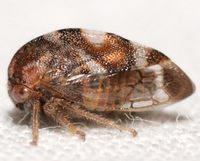 | Photo by: Kyle Kittelberger
Wake Co.
Comment: mixed hardwood forest, male | 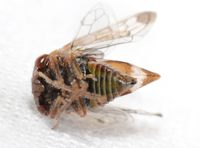 | Photo by: Kyle Kittelberger
Wake Co.
Comment: mixed hardwood forest, male |
 | Photo by: Kyle Kittelberger
Wake Co.
Comment: mixed hardwood forest, male |  | Photo by: Kyle Kittelberger
Wake Co.
Comment: mixed hardwood forest, male |
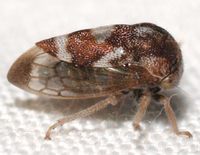 | Photo by: Kyle Kittelberger
Wake Co.
Comment: mixed hardwood forest; males, 1) mm | 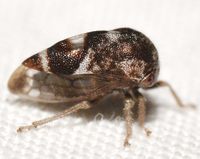 | Photo by: Kyle Kittelberger
Wake Co.
Comment: mixed hardwood forest; males, 1) mm |
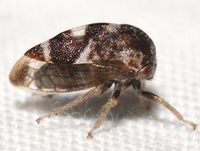 | Photo by: Kyle Kittelberger
Wake Co.
Comment: mixed hardwood forest; males, 1) mm | 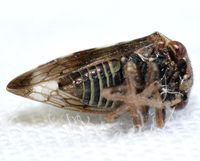 | Photo by: Kyle Kittelberger
Wake Co.
Comment: mixed hardwood forest; males, 1) mm |
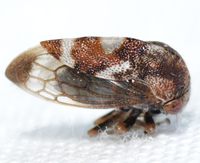 | Photo by: Kyle Kittelberger
Wake Co.
Comment: mixed hardwood forest; males, 1) mm |  | Photo by: Kyle Kittelberger
Wake Co.
Comment: mixed hardwood forest; males, 1) mm |
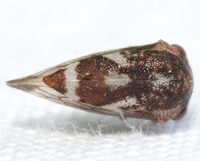 | Photo by: Kyle Kittelberger
Wake Co.
Comment: mixed hardwood forest; males, 1) 4.8 mm | 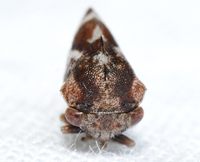 | Photo by: Kyle Kittelberger
Wake Co.
Comment: mixed hardwood forest; males, 1) 4.8 mm |
|

 »
»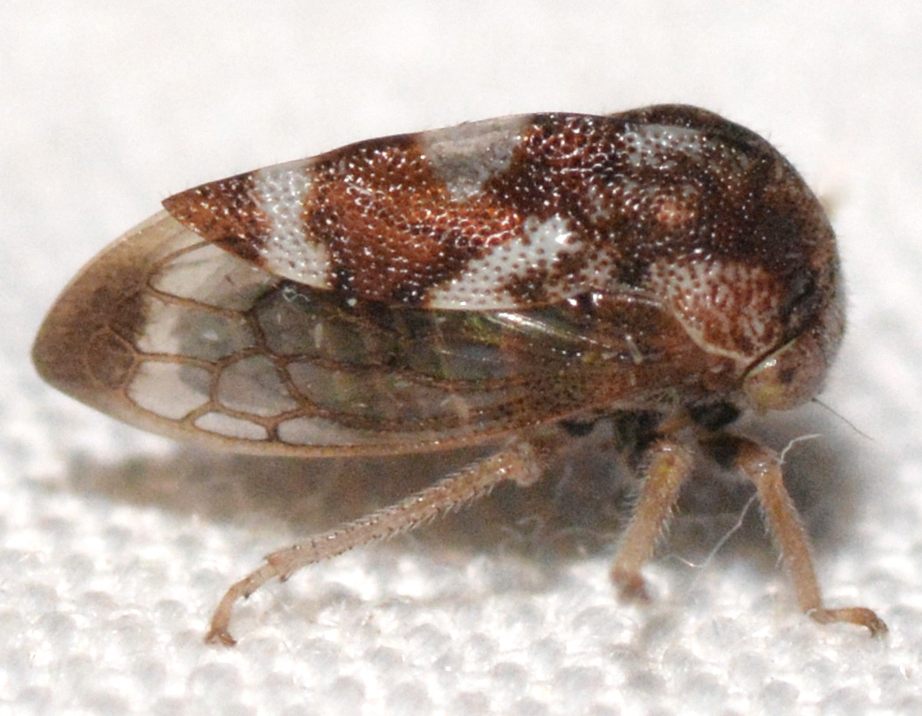

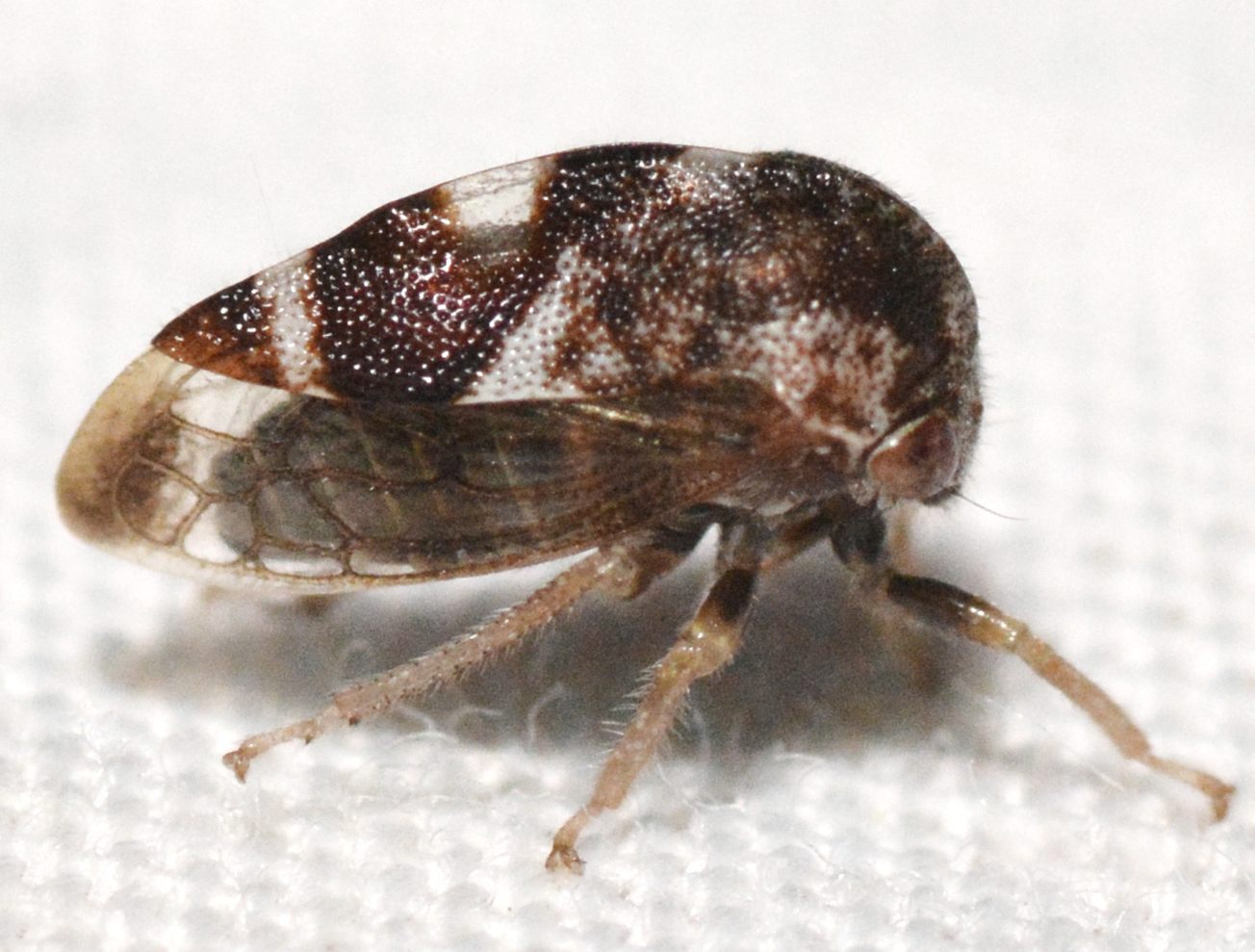


 »
»


